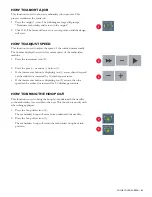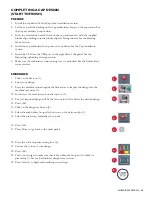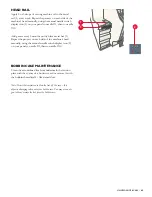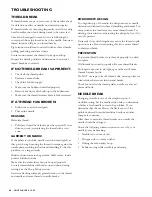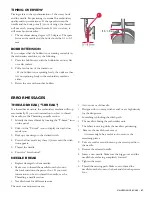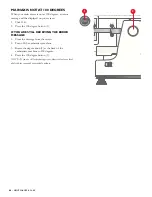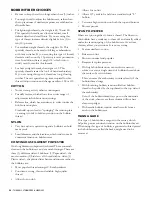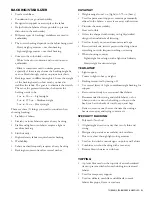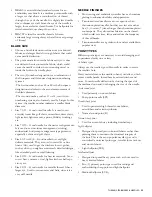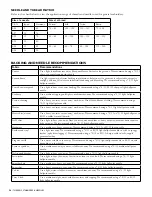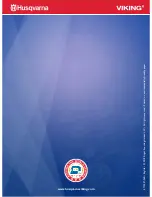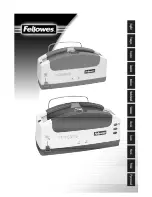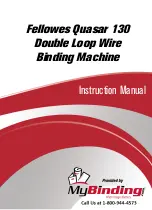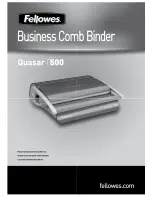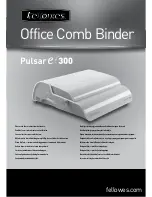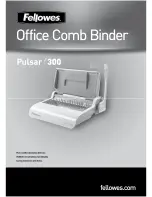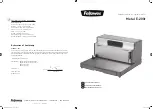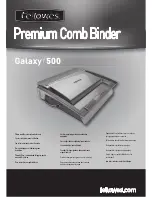
52
– THREADS, STABILIZERS & NEEDLES
NEEDLES
ANATOMY OF A NEEDLE
• Shank (1): the top part of the needle that goes into the
needle bar (into the machine).
• Shaft/blade (2): the part of the needle from the bottom
of the shank, down to the top of the needle.
• Scarf (3): the half-moon cut out on the back of the
needle, just above the eye, where the rotary hook passes
behind the needle.
• Point (4): the part of the needle found opposite to the
shank and the first part to penetrate the fabric.
• Taper (5): the part of the needle below the eye.
• Eye (6): the area where the thread passes through the
needle.
• Groove/thread groove/front groove (7): the groove
that runs from the top to the bottom, along the face
(front) of the needle.
NEEDLE LIFETIME
Many variables will determine how long a needle will last.
The lifetime of a needle depends on what material the
needle is made from, point type and the type of material
being sewn on.
WHEN TO CHANGE THE NEEDLE
Look for performance changes on your machine such
as thread breaks, poor stitch quality, fabric pulls, unusual
noises or reduced stitching speed.
SELECTING A NEEDLE
• Choose the right needle to make sure quality stitches.
Embroidering with a needle that is too small or too big
for the thread and fabric can result in thread breaks
or even skipped stitches. There are three (3) things to
consider when choosing the right needle for the job:
-Finish
-Size
-Point
• Requires the use of backing on the back of the fabric
to support your fabric
• To remove the plastic film, tear-away the topping or use
water
FOAM
• Adds dimension to lettering on caps for a 3D effect
• Available in a variety of colors
• Available in 2 mm and 3 mm sheets
• Laid on top of the area that will be dimensional and
then stitched over with a column fill that uses short
stitches to cut the foam
• Excess foam needs to be removed
• Pieces that remain can be easily eliminated by applying
a hot hair dryer over the area
POLY MESH BACKING
• Extremely thin backing that is extremely strong due to
its fibers
• Used to add a lot of stability, without the bulk of a
heavyweight cut-away backing
• Great for the newer tech garments that are very thin
and contain fluidity to the fabric
• Adds stability without ruining the movement of the
garment
• If needed, use two pieces of poly mesh on a stretchy
material
FUSIBAL BACKING
• Used on stretchy materials
• Once fused to the garment, the garment and the
backing become one
• Stable material
• Cover up a finished piece of embroidery, such as an
infant’s onesie, where the stitches and the backing
could irritate the baby’s skin
1
4
3
5
6
2
7




